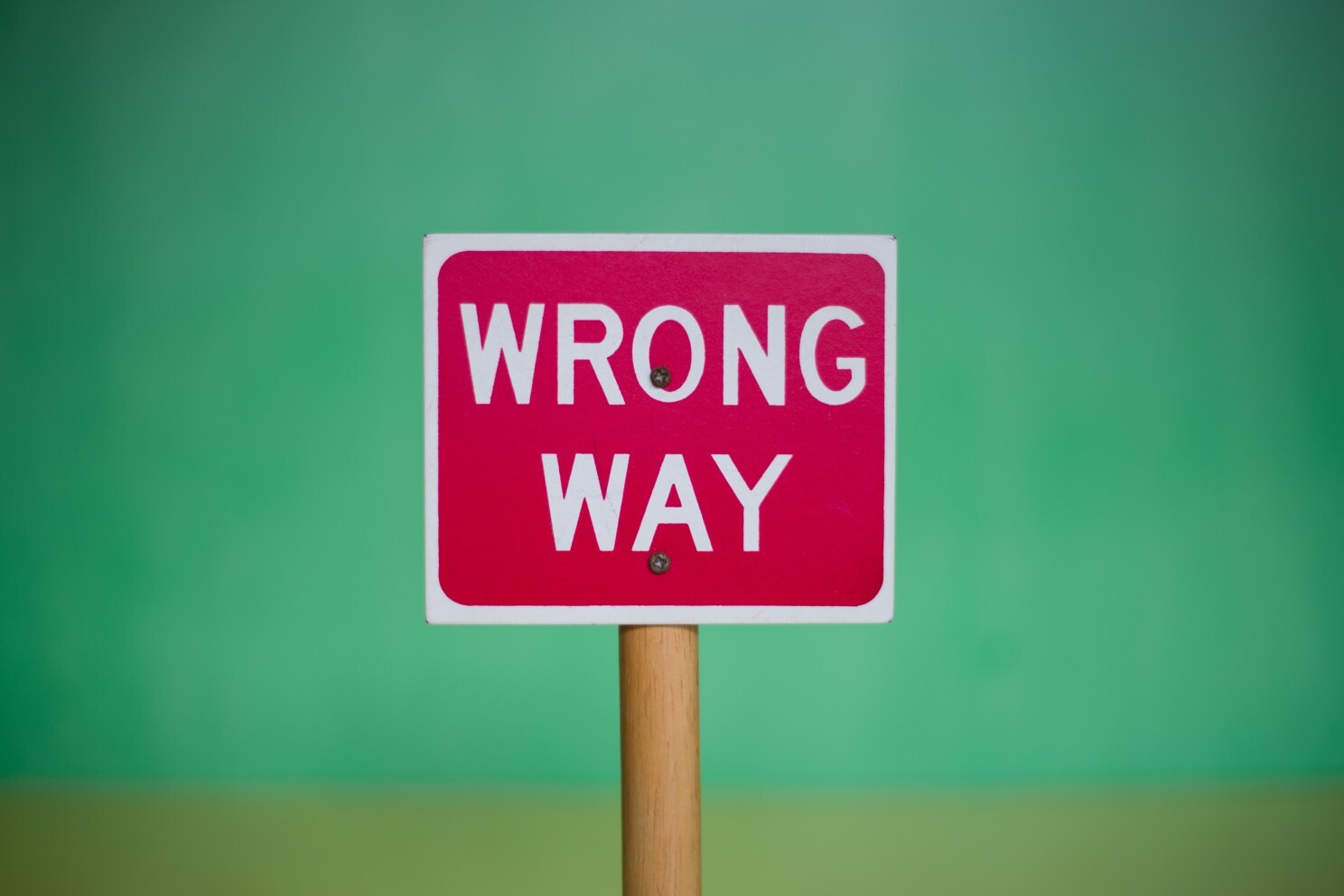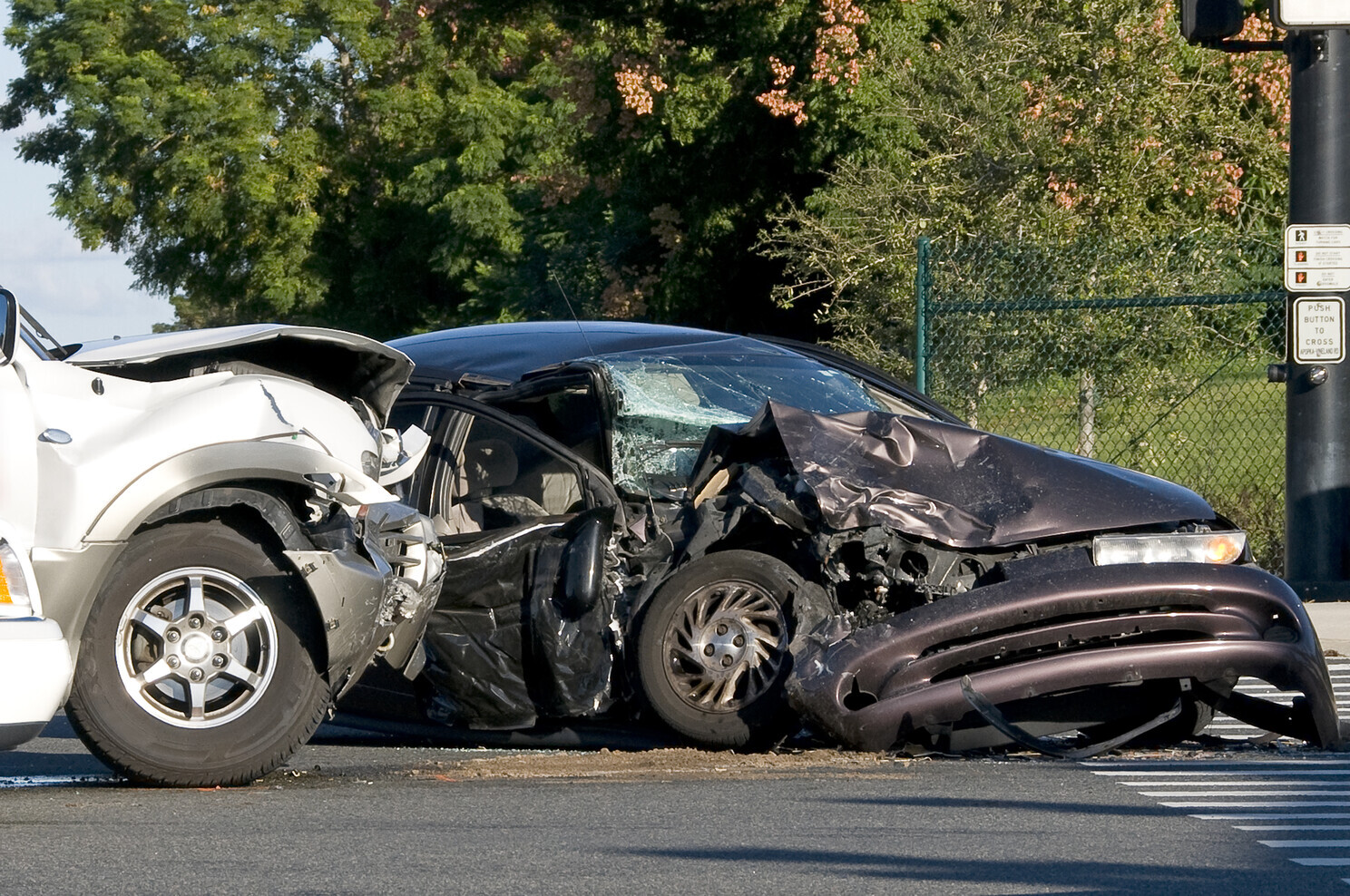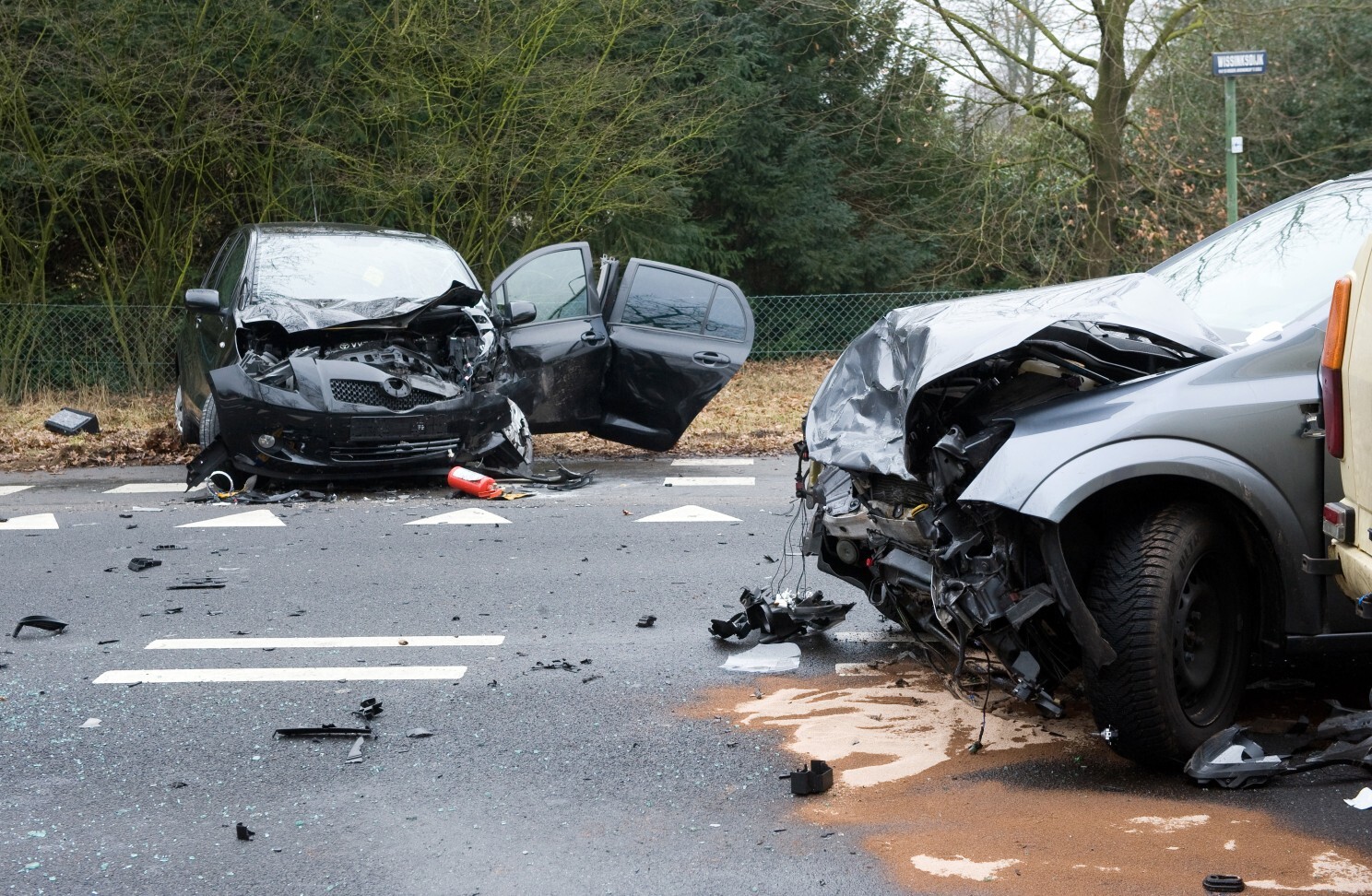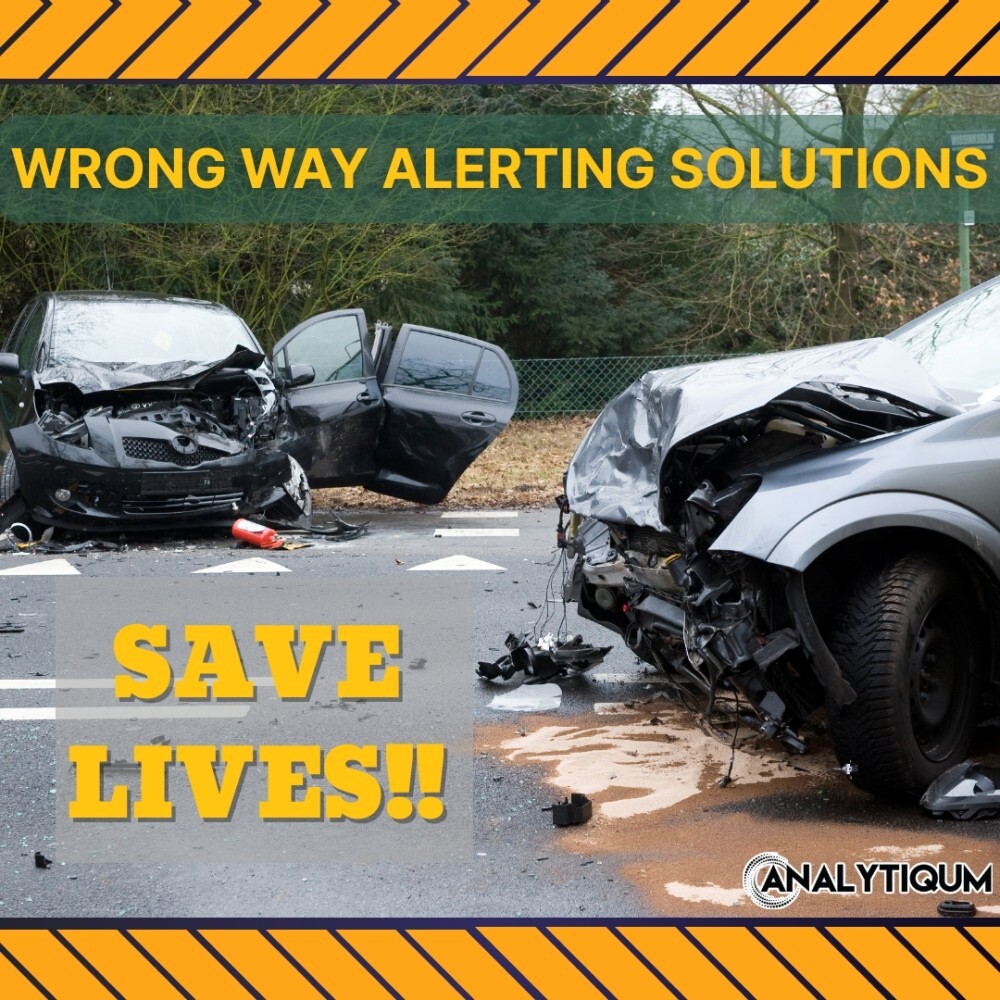Wrong-way driving is a problem that can be solved by increasing awareness and education about the dangers of this behavior. Wrong-way accidents often result in serious injuries or fatalities, so it is important to make sure that drivers know how to avoid them. One way to do this is to install wrong-way signs and alerts at locations where wrong-way crashes are known to occur. Another way to reduce wrong-way accidents is to increase public awareness about the dangers of this behavior.

Wrong-way driving is often the result of driver error, so it’s important to make sure that drivers are aware of the potential consequences of their actions. Increasing awareness & education about wrong-way driving can help reduce the number of consecutive crashes & accidents that occur each year.
What is the wrong-way driving?

In a broad sense, it is driving in the incorrect direction on a road, against the flow of traffic. This can happen when a driver enters an on-ramp or exit ramp going in the wrong direction, or if they make a wrong turn onto a one-way street. Wrong-way driving is extremely dangerous and can lead to wrong-way collisions or wrong-way crashes which are often fatal.
Why is wrong-way driving so dangerous?
A wrong-way driver is a serious threat to other motorists and to the roadway itself.
Wrong-way driving is so dangerous because it increases the likelihood of a head-on collision or wrong-way crashes or wrong way collision. Head-on collisions are some of the most deadly accidents that can occur on the road, and they are much more likely to occur when two vehicles are traveling in opposite directions. wrong way accidents often result in serious injuries or fatalities, so it is important to be aware of the dangers of this behavior to maintain highway safety and prevent wrong-way crashes.
What kind of consequences can occur when a driver drives the wrong way?

Wrong-way crashes can have severe consequences, including:
- Wrong-way driving can cause injury to yourself or others.
- Driving the wrong way can cause damage to property.
- Driving the wrong way can cause a traffic jam and cause delays in transportation vehicles.
- Driving the wrong way can result in getting a ticket and having their driver’s license suspended or revoked.
- Driving the wrong way can lead to getting pulled over and taken to jail.
How can I avoid wrong-way driving?

There are a few things that you can do to avoid wrong-way driving:
- Familiarize yourself with the route you will be taking before going to your destination.
Plan your trip and be prudent to get to know the territory. This way, you can determine your direction and anticipate any potential obstacles. This will help you avoid getting lost and make your trip more enjoyable.
- Do not drive under the influence of alcohol or drugs.
Do not drive if you are under the influence of drugs or alcohol. Impairment is one of the main causes of wrong-way accidents and car crash. Impairment can make it more difficult to pay attention to your surroundings and make good decisions while driving.
- Pay attention to signs and road markings.
Wrong-way signs and arrows are typically posted at on-ramps and exit ramps, so pay attention to these when you are driving. it’s important to stay aware of your surroundings and follow all the posted signs and markings. This will help you stay safe on the road and avoid getting into any accidents or car crash. If you ever have any questions about what a particular sign or marking means, be sure to ask a qualified professional.
- Stay alert and rested.
Get a good night’s sleep before you hit the road. Drowsy driving is one of the leading causes of wrong-way accidents and car crash. Drowsy driving can make it more difficult to pay attention to your surroundings and make good decisions driving.
Ultimately, whatever the reason, wrong-way driving is always dangerous. If you see someone driving the wrong way on a road, do not try to pass them or confront them. Instead, call the police and report their location so they can handle the situation.
How can the department of transportation and traffic planners stop and prevent wrong-way incidents?
Wrong-way driving is a serious problem on our roads, but there are some things that traffic planners can do to help stop wrong-way drivers.
Here are various countermeasures to address wrong-way drivers :
- Adopt driver-based countermeasures and strengthened deterrence strategies like sobriety points
- Install more visible signs and arrows at all on-ramps and exit ramps. That way, we can help guide drivers in the right direction
- We need to make sure that these signs are installed correctly and in a visible location
- Increase the visibility of a wrong way sign by making them larger or reflective
- Make signs easier to see especially at night, so drivers are less likely to miss the warning and avoid crashes and potential accidents
- Install physical barriers and pavement markings on-ramps and exit ramps to prevent wrong-way crashes and keep drivers on the right lane
- Educate drivers about the dangers of wrong-way
- Install traffic control devices and install solutions with cameras or sensors at on-ramps and exit ramps to detect and alert a wrong-way incident
Mistakes, which might result in severe consequences or deadly accidents, are the main root cause of every unpleasant driving experience. The manner in which these situations are handled has no longer to be left to chance.
New ways to detect and notify a wrong-way event go beyond technological detection of an incident, focusing on the study of driving behavior and how it contributes to dangerous driving and world occurrences.

With a wrong way alerting solution, if a vehicle is detected going the wrong way, an alert can be sent to law enforcement so they can take appropriate measures to get the driver back on track and prevent a tragedy.
The Wrong Way Alerting Solution from Alert Trust, unlike traditional wrong-way detecting, offers you more detailed information that can help you create more effective solutions for this vexing problem.
The solution’s ability to detect wrong-way events and provide warning alerts is a crucial feature that combines traffic control and signaling devices technology with video analytics technology.
But knowing further what was the driver’s behavior that led to the event is also important to diminish the total deaths on the road.

To begin with, rather than attempting to modify just the outcomes, researchers discovered that we must first focus on changing people’s fundamental actions.
You may potentially save the life of a wrong-way driver, but you could also save the lives of other innocent drivers on our roads.
So with our solutions, you can also do wrong way study with the following phases.
Our partner Image Sensing Systems pursues an empirical behavior-based approach because deploying a wrong way system at every ramp is not fiscally responsible nor feasible.
In the first stage, the solution aids you in identifying and focusing on the problem by developing ramp candidates with our hotspot analysis.
Following the selection of ramp possibilities, we concentrate on those ramps and use our turn-key field study system for at least 90 days. Data regarding behavioral patterns, driving statistics, and incident reports are gathered during the study.
During and following the study, reports are generated to provide insights into human behavior, understand the problem, and help assess risk levels.
Next, after it’s been established that particular behavioral patterns must be reduced, the ideal mitigation technique or countermeasure for each behavior pattern must be determined.
In phase four, we examine whether the mitigation strategies or countermeasures put in place are addressing the behavioral habits and lowering risk at this ramp location. We want to check how effective our mitigation strategy is as well as assess the risk level to determine if it is acceptable.

Together let’s take action so we can help save lives on roadways and improve road safety for everyone.
Contact us for a 30 min discussion on how to decrease the number of road fatalities in urban areas and wrong way events in rural areas or on high-speed highways. Make a calendar booking for a time slot that works for you!

